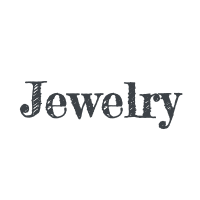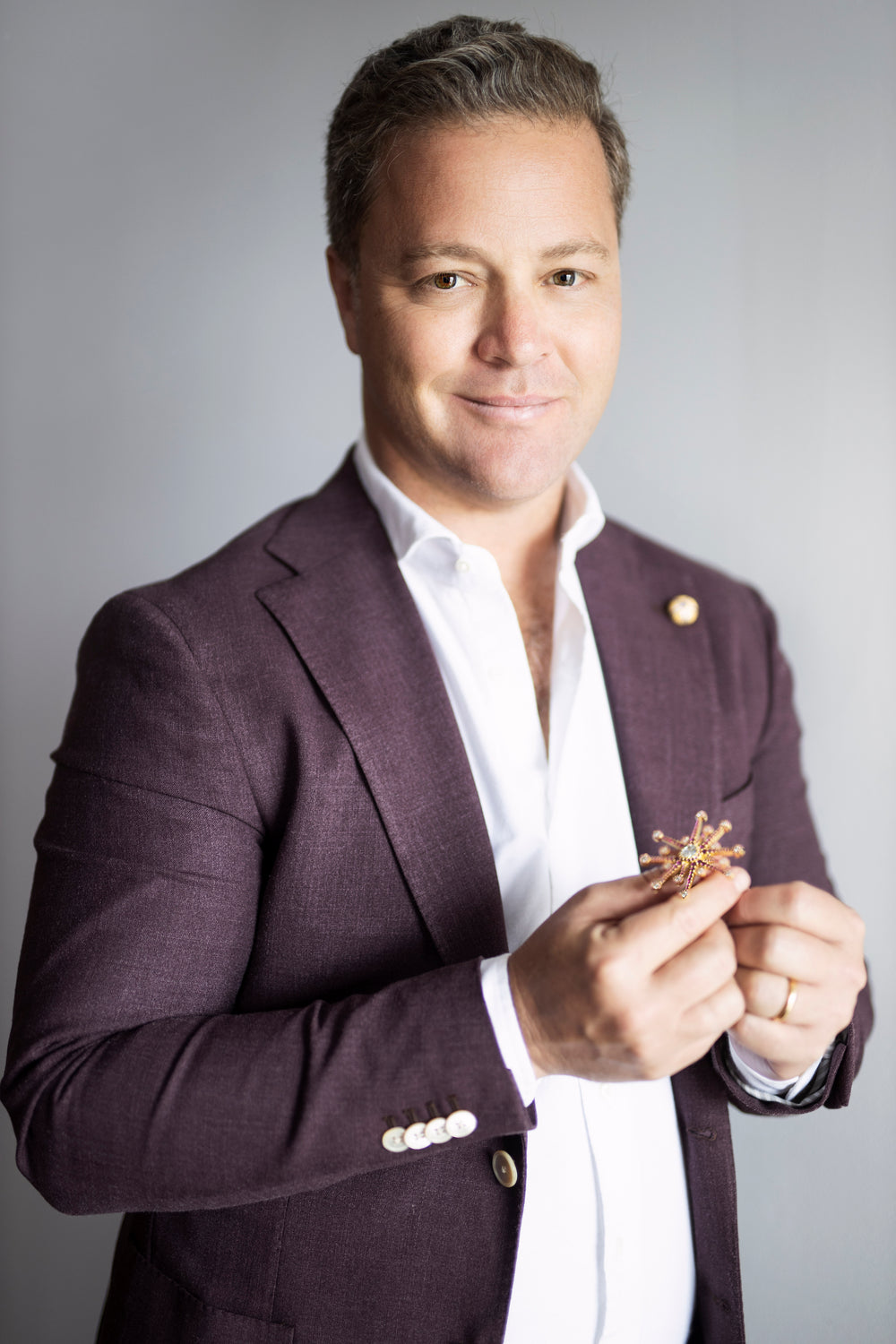Coco Chanel
“During her seven years (which she calmly extended to thirteen) with the richest man in England, she was introduced to a life of the most unbridled luxury, a style of life that was truly royal ('I have known luxury on a scale that no one will ever experience again'). It was this which doubtless led her to believe that she had experienced every possible variation of savoir-vivre, every shade and nuance of elegance, before finally transcending the interplay of the different social classes with their different values, all of them relative, in order to arrive at a formula that was absolute, a subtle mixture of simplicity and extravagant excess.”
- Patrick Mauriès
“Her first move, ever unconventional, was to offer women costume jewelry that displayed her characteristic wit, and that women at the time could buy for themselves on a whim, without having to depend on the wishes, or the wallet, of a husband or lover.“
- Patrick Mauriès
“Chanel's great innovation is in the displaying of diamonds unadorned, without any visible setting. Avoiding the use of small stones, slivers and splinters which have no true worth, Mille Chanel has employed only stones of the finest quality and of medium size, which always keep their intrinsic value.”
- Marcel Astruc, Les Annales, 18 November 1932.
Gabrielle Coco Chanel’s Fine Jewelry Manifesto
“In my profession, the most diverse means are valid, as long as they are only used for fashion in the true sense of the word. What first led me to invent costume jewellery was that I found it devoid of arrogance in an era of too easy prosperity.
This aspect fades in times of financial crisis when an instinctive need for authenticity in all matters returns, reducing an amusing bauble to its actual worth.
I chose the diamond because its density represents the greatest value for the smallest size. And I used my penchant for all that shines to try and reconcile elegance and fashion in a set of jewelry”
- Gabrielle Chanel
“Les moyens les plus divers sont légitimes, dans la profession que j'exerce, pourvu quils ne soient employés que dans le vrai sens de la mode. La raison qui m'avait amenée, d'abord, à imaginer des bijoux faux, cest que je les trouvais dépourvus d'arrogance dans une époque de faste trop facile.
Cette considération s'efface dans une période de crise financière où, pour toutes choses, renaît un désir instinctif d'authenticité, qui ramène à sa juste valeur une amusante pacotille.
Si ai choisi le diamant, c'est parce qu'il représente, avec sa densité, la valeur la plus grande sous le plus petit volume. Et je me suis servie de mon soût de ce qui brille pour tenter de concilier, par la parure, l'élégance et la mode.”
- Gabrielle Chanel
Chanel Designs included in the 1932 Bijoux de Diamants collection
- Comète necklace (comet)
- Comète brooch (comet)
- Franges necklace (fringes)
- Franges bracelet (fringes)
- Fontaine necklace (fountain)
- Nœud Papillon necklace (bow-tie)
- Soleil brooch (sun)
- Plume brooch (feather)
Publicity of 1932 Bijoux de Diamants collection
- Magazine L’Officiel, December 1932
- Women’s Wear Daily November 25, 1932
Chanel Jewelry Craftsmen
- De Gorse
- Robert Goossens
- Maison Gripoix (beginning in 1924, focusing on faux pearls for costume jewelry)
Books on Chanel
Jewelry by Chanel by Patrick Mauriès
The Allure of Chanel by Paul Morant
Mademoiselle Chanel by Pierre Galante
Chanel and Her World by Edmonde Charles-Roux
Book Reviews
Jewelry by Chanel by Patrick Mauriès
The Birth of Chanel Fine Jewelry
Fashion historian Patrick Mauriés shares his perspective on the incredible life of Coco Chanel, and tells the story of the birth of Chanel Fine Jewelry.
The true star of this book is a complete description of the first Chanel fine jewelry collection, presented in 1932 at Coco Chanel’s home, and subsequently dismantled to meet the demands of the Place Vendôme jewelers that were threatened by Coco Chanel’s arrival on the fine jewelry scene.
By displaying her diamonds unadorned, without any visible setting, and avoiding the use of small stones, Chanel may have invented the prototype for diamond jewelry today.
In addition to many historic photos of the exhibition, Patrick Mauriés’ detailed research includes the invitation card, cover and press kit, and a manifesto signed by Coco Chanel that distills her motivations and goals for diamond jewelry.
Even though almost none of the pieces included in this exhibition continue to exist, the designs continue to inspire, and Coco Chanel’s original motivation and the meaning behind the collection are the guiding light for Chanel’s fine jewelry today.
A complete story of Chanel fine jewelry from its inception to today, this book is a must for lovers of Chanel, and anyone interested in the history of jewelry.







